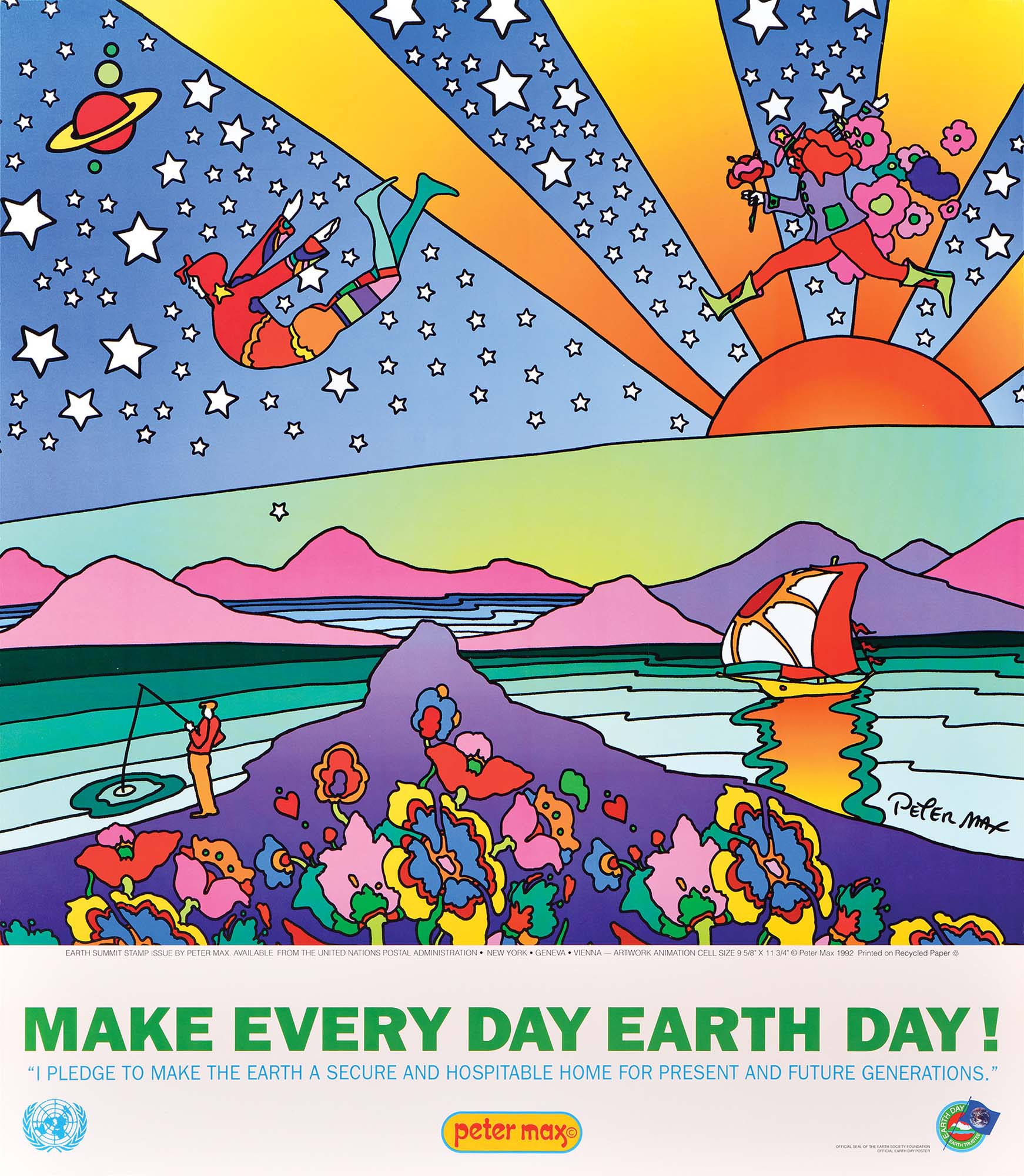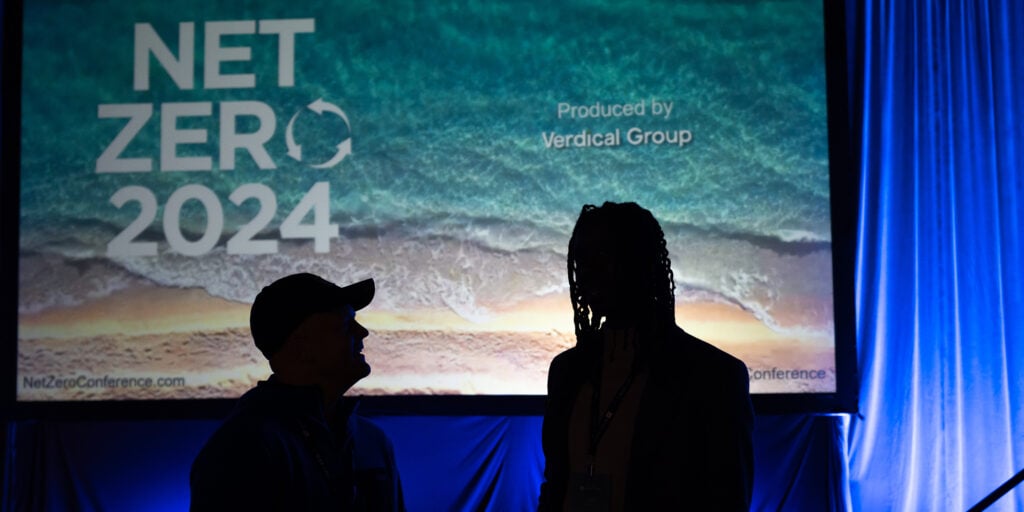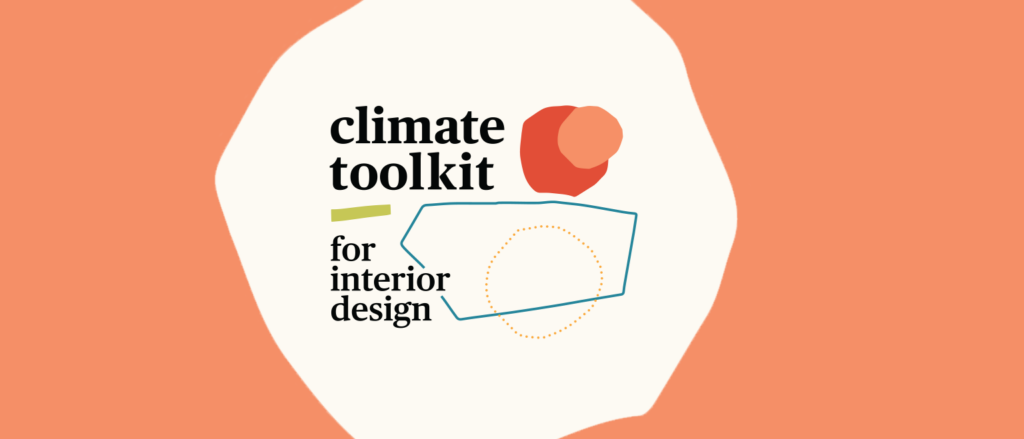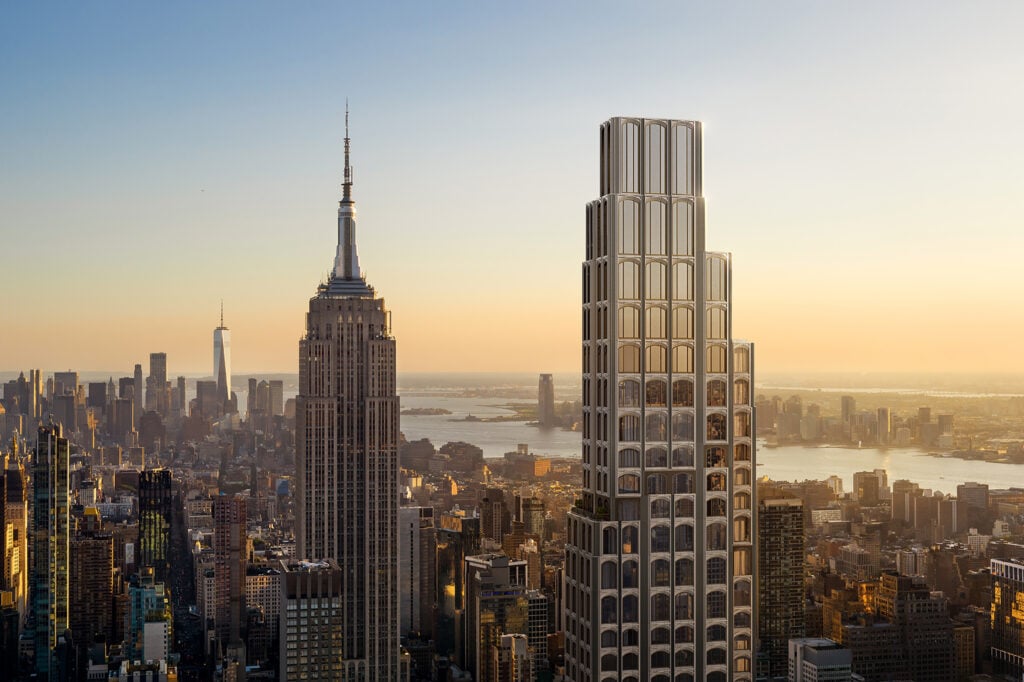
August 15, 2023
Charting the History of Environmental Activism Through Posters
“These posters, along with the narratives they represent, have advanced both the visibility and credibility of the issues we all face.”
Tim Medland, curator of We Tried to Warn You! Environmental Crisis Posters, 1970–2020
The show highlights 33 posters that were made during the 50 years following the creation of the U.S. Environmental Protection Agency in 1970. While the posters are visually powerful, Medland points out that they are all “failures” in that regardless of their images’ messaging—positive or negative—they did not succeed in modifying behavior.

The two posters on this page, both created in 1992, illustrate the problem. Commissioned by the U.N. as the official artwork for Earth Day 1992, Peter Max’s psychedelic image shows a joyous, idealized world where we “Make Every Day Earth Day!” Medland notes. “Rather than warning of a bleak future if more care is not taken of the planet, the artist highlights positivity.” Max’s image spread across the world on a series of U.S. postage stamps used for that year’s Earth Summit in Rio de Janeiro. Medland adds, “However, the Robert Rauschenberg–designed poster for the Earth Summit itself is a lot bleaker.” In the lower right corner, Rauschenberg’s poster depicts the mythological figure of Atlas in eternal suffering surrounded by burning vegetation, in stark contrast to Max’s depiction drawn that same year.
Regardless of artists’ intentions, “the impactful images in these posters, along with the narratives they represent, have advanced both the visibility and credibility of the issues we all face,” Medland says. “Environmentalism is no longer an issue of regional pollution, but a global, systemic, existential issue.”
Would you like to comment on this article? Send your thoughts to: [email protected]
Related
Viewpoints
The 2024 Net Zero Conference Highlights the Importance of Collective Action
Last month, leading climate experts convened at the Anaheim Convention Center to reenvision the built environment for a net zero future.
Viewpoints
Discover the Climate Toolkit’s Latest Updates for Interior Designers
The Climate Toolkit for Interior Design has been re-organized to reflect the different stages of projects, and the information needed for each.
Viewpoints
Archtober Invites You to Trace the Future of Architecture
Archtober 2024: Tracing the Future, taking place October 1–30 in New York City, aims to create a roadmap for how our living spaces will evolve.





